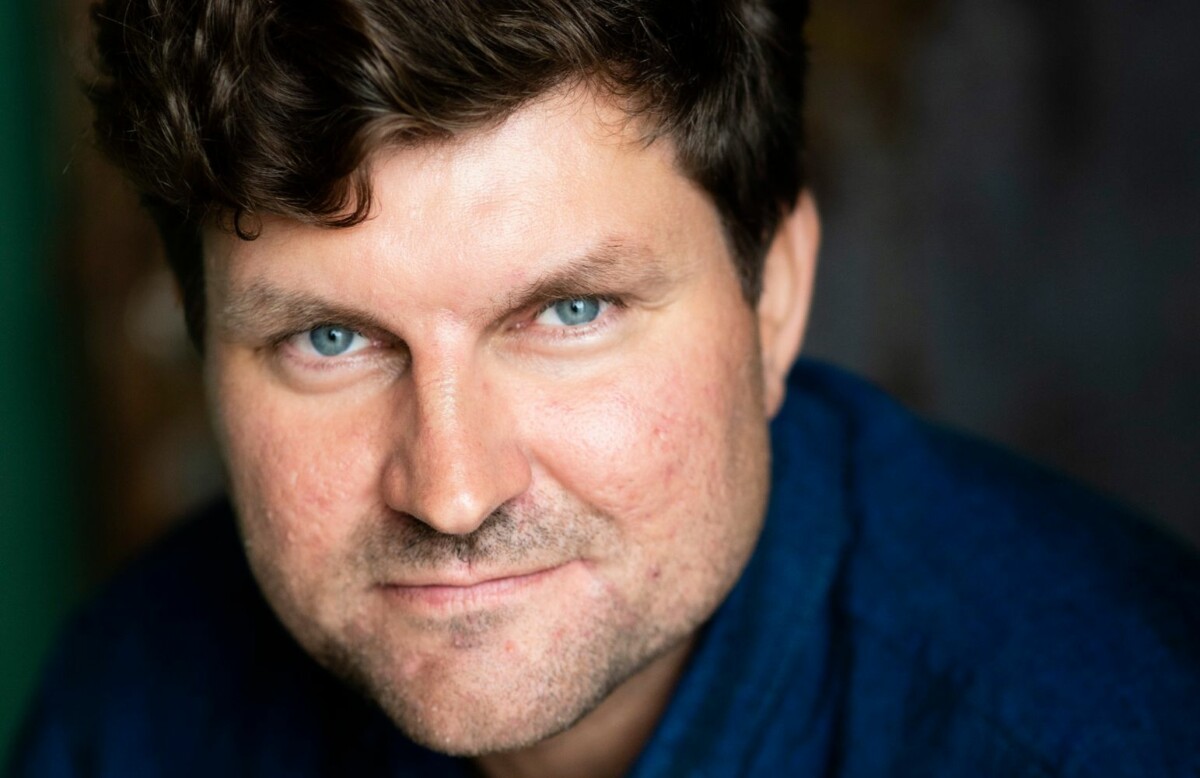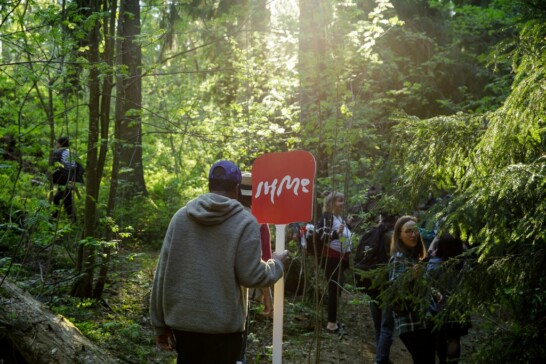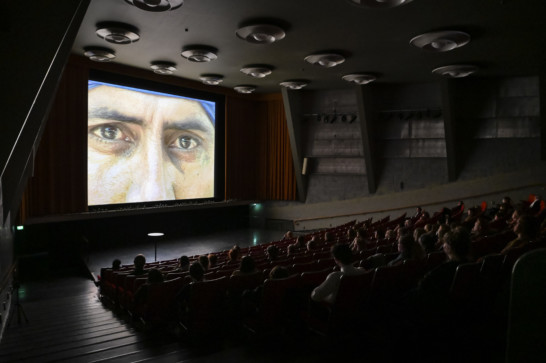Ecoblog
Advisory Board in Interview: Antti Majava

We asked the members of our Advisory Board four questions about how IHME Helsinki has realized its goal of combining art, science and climate work in four years. Artist and researcher Antti Majava from the BIOS Research Unit has been on the Advisory Board since 2019.
1) When we started our collaboration four years ago with the then new direction, we wanted to bring together art, science and climate work in our programme and to support long-term collaborations both with institutions and artists. How do you think we have succeeded in this?
I feel that IHME has been extremely successful in terms of the goals set four years ago. The development of art-science cooperation seemed important at that time, specifically in relation to the handling of the climate and environmental crisis, and the promotion of the sustainability transition. With the climate and environmental crisis, it looks to me like special attention has generally been paid to the relations between the different branches of art and the natural science. Of course, we all would also like to find effective ways to stop the global climate and nature crisis.
However, in my opinion, art is at its strongest when it gives the opportunity for shared wonderment and building up a situational picture, and providing inspiration for people coming from as many different starting points as possible. If we think about IHME’s ultimate goals, it is important to be able to support the building of the most open, honest, fearless, and enthusiastic relationship with reality, through both making and experiencing art.
2) As commissioners we have rethought the ways we collaborate with international artists and how to make it possible for the work of the artists to be seen and developed abroad. One of the methods that we have been testing is, instead of transporting a large body of work from one continent to another (emissions), we have collaborated with artists on their long-term projects that take place in their home countries, supporting ongoing projects with local communities in order to root resilient practices. How do you see the relationship between this approach and the postcolonial project?
Art’s relationship with the material is evident in one way or another in all its manifestations. Traditional sculpture, digital art and art theory are equally dependent on the human body, machines and devices, and the carrying capacity of the environment. Harmful consumption can occur at unexpected points, such as when the public moves around or in the energy consumed by computer servers.
It is important to recognize the ecological footprint of art and, if possible, to reduce it. I would, however, consider it most important to maintain the conscious relationship with matter that has developed over millennia in art, the ability to reflect on the meaning and significance of the use of different gestures and materials.
One cannot but agree on the limitations of the planet and its ecosystem, as well as of the human body or, for example, of artificial intelligence. Ignoring the ecological systems that sustain life, body, and machines is only possible in a virtual world of imagination, and even there only for a fleeting moment.
Art and science have a fundamental question to investigate: Why is the cultural mainstream in modern and post-modern societies not excited and inspired to the same extent by the materiality and limitations of the planet or the body as it is by transcending them and by techno-utopian and spiritual narratives aimed at the immaterial sphere.
3) What is the most topical question in the realm of contemporary art today from your perspective today, in the times of poly-crises we are living in?
All over the world, the social and cultural division into various groups that are almost unable to converse with each other, and whose perception of reality is largely based on a non-scientific worldview, has strengthened. The division in societies and the detachment of intra-group communication and ideals from common social and scientific realities and the ecological boundary conditions of the planet are centrally related to the cultural narratives that dominate the design of digital environments.
The goal of transforming the organic environment to correspond to the inner desires of the human mind is a central feature of modernism, in the material, technological and digital spheres.
Technology does not develop by itself, independent of humans, but through our active efforts and choices. Technology strongly embodies the prevailing social and cultural ideals at any given time. In my view, the technological development of the past decades is closely linked to the prevailing neoclassical economic theory, which in turn is based on the human image, in which the human individual maximizes their own interests through the choices they make in the free market.
While I support the market economy, I think the idea of the market, human individuals and technology as being able to produce good results for humanity or the planet as if automatically, guided by an invisible hand, is unfounded.
If we do not plan and set goals for the development of the economy, societies and technology, we will drift deeper and deeper into chaos. Our main task now is to defend society’s democratic structures and institutions that enable cooperation, planning and management of global crises.
The relationship of communication and information with the realities of the material world is becoming an increasingly central question. That’s why I see thinking about the various entanglements of thought, imagination and the material world, and about their meaningfulness, as one of the most fundamental tasks of art, in all eras.
4) You are all working more or less full time in the academic context, too. How do you see the ecological turn (sustainability transition) taking place in that context, is science-making changing with the world, and how?
Critical art discussion, in which the meaning of artistic gestures is weighed in relation to the various indirect effects of the realization of the artworks, is the most important characteristic of an art institution and parallels the importance of scientific peer review in a science institution.
On the scientific side, in the name of emission-reduction goals, it has not been deemed necessary to limit the number of publications produced, since the results, mainly in text form, have been perceived as being “immaterial”. Yet, on the other hand, scientific institutions’ offices, machines, servers and scientists’ travelling produce significant emission effects.
Perhaps the debate about ecological operating methods, which has already gained momentum in the field of art, should be widely applied to the practice of science as well. In both cases, however, it should not be a matter of restricting an activity in the name of ecological goals, but of a deep consideration of the material/reality relationship that the activity has with the substantive development of the work based on it.
Art and science institutions have a constantly updated and changing mandate to make change in society. The question of on whose terms society changes and develops is one of the most central questions of politics and the distribution of power. In recent decades, the mandate of art and science has not primarily focused on changing the world, rather, this task has been given first to the institutions of politics, and then of economics and technology.
Considering the weak ability of the current hegemonies to cope with the acute crises of humanity and the planet, it could be justified to strengthen the dominance of science and art in relation to, for example, the economy. Power structures do not, however, change by themselves or voluntarily, and the redistribution of power always means struggle.


